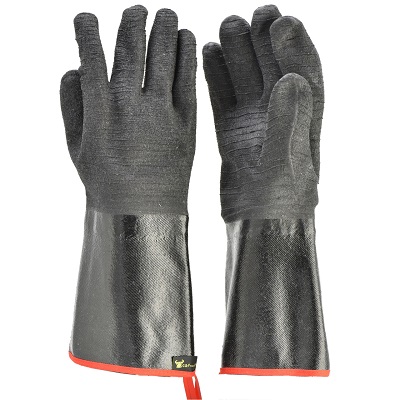Handbook on Work Gloves: Categories & Advantages
Feb 21st 2024
Work gloves play a pivotal role in ensuring safety and enhancing productivity across various industries. This practical handbook is your go-to resource for a deep dive into the diverse categories, applications, and advantages of work gloves.
Categories of Work Gloves:
Work gloves come in a diverse range of categories, each tailored to address specific tasks and environments. Some common categories include:
Cut-Resistant Gloves: Designed to protect against sharp objects and materials, these cut-resistant gloves are crucial for tasks involving precision and potential cuts.

Insulated Gloves: Ideal for working in cold weather conditions, these gloves provide thermal insulation to keep hands warm and comfortable.
Chemical-Resistant Gloves: Specifically crafted to shield hands from exposure to various chemicals, these gloves are essential in industries dealing with hazardous substances.
Welding Gloves: Engineered to protect against heat, sparks, and flames, welding gloves are crucial for professionals working in welding and similar applications.

Applications Across Industries:
Work gloves find applications in a wide array of industries, ensuring hand protection in diverse work environments. They play a vital role in:
Construction: Providing protection against abrasions, cuts, and impact from heavy materials.
Manufacturing: Safeguarding hands from machinery and sharp tools, enhancing worker safety and productivity.
Automotive: Offering dexterity and protection for tasks involving handling tools, parts, and various automotive materials.
Cold Weather Conditions: Insulated gloves are essential for those working in freezing temperatures to maintain hand warmth and flexibility.

Advantages for Safety and Comfort:
Outdoor working gloves offer numerous advantages, contributing to both safety and comfort in the workplace:
Enhanced Grip: The textured surfaces and specialized materials in work gloves provide a secure grip, reducing the risk of accidents and enhancing control during tasks.
Dexterity: Well-designed work gloves maintain dexterity, allowing professionals to handle tools and materials with precision.
Protection: Work gloves protect hands from various hazards, including cuts, abrasions, chemicals, and extreme temperatures.
Comfort: Ergonomic designs and breathable materials ensure that work gloves not only provide protection but also offer comfort during extended use.
Conclusion:
This practical handbook on work gloves aims to empower professionals across various industries. Whether you are a seasoned worker or new to the field, understanding the categories, applications, and advantages of outdoor work gloves is essential for a safer and more productive work experience. Dive into this resource to make informed decisions and elevate your approach to hand protection in the workplace.
